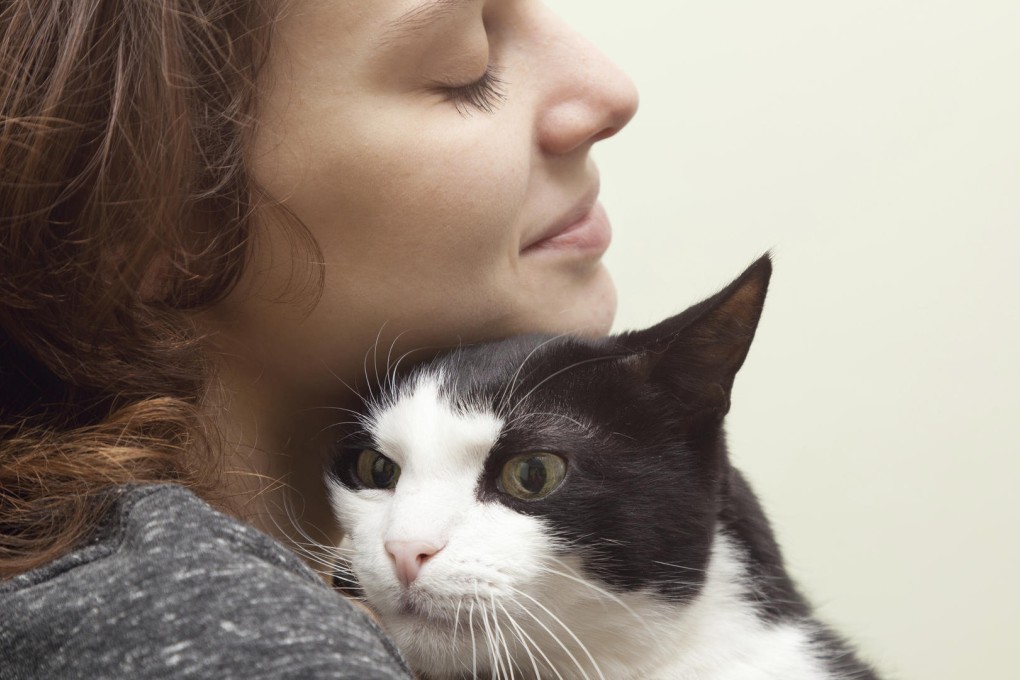How to make your pet happy with being handled
Felix Paige

Getting a dog or a cat used to being handled by humans is important because there will be numerous occasions throughout its life when such treatment is called for, from grooming and veterinary examinations to wound cleaning.
Rosemarie Tang, a certified animal trainer and behaviour counsellor, says veterinarians and groomers can't do their jobs unless the pet remains calm and still. "The more positive and fun you can make these experiences of handling of the pet's body from a young age, the better it'll cope as an adult."
Her key piece of advice is not to turn routine handling into a fight, believing you have to be dominant over the pet.
"If a puppy or kitten has had a bad experience, for example in grooming, it's likely that it'll remember it. Next time, a simple gesture of bringing out the brush may cause a bad reaction. Instead, you want to create an expectation that being close to and touched by humans is enjoyable. This is not the instinctive response, so it takes many good touches to develop a positive response," she says.

By building up a pattern of handling followed by a treat, the process becomes a pleasant experience. If the pet resists or seems anxious - with tight muscles, widened eyes, mild struggle and vocalisation - stop and take a short break, Tang says. "Then start again from an area you know it will accept, and be careful not to accidentally reward resistance, whining or mouthing by soothing or coddling."
Tang also advises owners to teach their pets how to accept hugs and restraint. She says to start by sitting on the floor and gently holding the pet on your lap. "Try to settle it comfortably on the lap with one hand gently holding its body and the other hand moving in long, smooth strokes from head to toe." Encourage the calm and relaxation, then gradually and progressively increase the pressure of the hold.